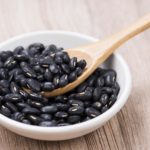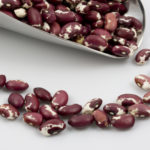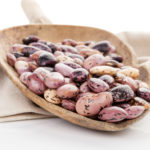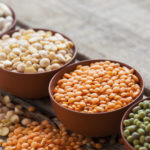Cooking With Legumes: Fava Beans
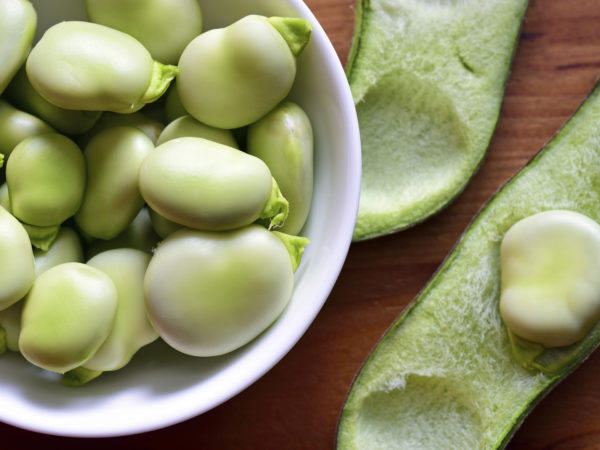
Fava beans – known as broad beans in the UK and much of the rest of the world – are among the oldest of all cultivated crops. Along with chickpeas, lentils and peas, they are thought to have entered the eastern Mediterranean diet in about 6,000 BC, not long after the invention of agriculture. Originating in North Africa, fava beans provided sustenance to the pyramid builders in ancient Egypt; and, until the Spanish brought the “common bean,” Phaseolus vulgaris back from the New World in the 15th century, favas were the only beans in the European diet.
Large, pale-green beans, and they have a meaty, starchy texture and a bold, earthy taste. They’re versatile too:
- In Egypt and most Arab countries, favas are cooked, then puréed or mashed and served with olive oil, parsley, lemon juice, garlic, onions and cumin in a breakfast dish called ful medames.
- In many Latin American countries such as Peru, Colombia and Mexico, they are often either fried or dried, then salted to create a crunchy street-food snack.
- In the Sichuan province of China, favas are combined with soybeans and chili peppers in a fermented bean paste called doubanjiang.
When in season, fava beans can also be eaten while young and tender, either raw or lightly blanched, shelled or unshelled, and sometimes even in the pod! Fresh fava beans are often enjoyed in Greece, stewed with artichokes (note that the Greek word fáva actually refers to yellow split peas, which are also popular there, and not to fava/broad beans).
Fava beans are high in protein and fiber. They are also especially rich in vitamin A, vitamin C, potassium and iron. Favas even contain L-dopa, a precursor to dopamine, a neurotransmitter in the brain responsible for regulating mood and libido. However, please be aware that the ingestion of fava beans by some individuals with the hereditary glucose-6-phosphate dehydrogenase (G6PD) deficiency can cause a disorder known as favism, which can result in hemolytic anemia and kidney failure.
Cooking time: 60-120 minutes
Liquid per cup of legume: 3 cups
How to cook fava beans: Soak overnight. Drain water. If your fava beans were not already shelled, you should be able to slip the outer skins off after soaking by squeezing the beans between your fingers. Once favas are shelled, fill pot with fresh, cold water for cooking. Place on stove and bring to a boil in a pot with a lid. Once boiling, reduce to a simmer, tilting the lids slightly to allow steam to escape, and leave to cook for one to two hours, until tender or desired consistency.


